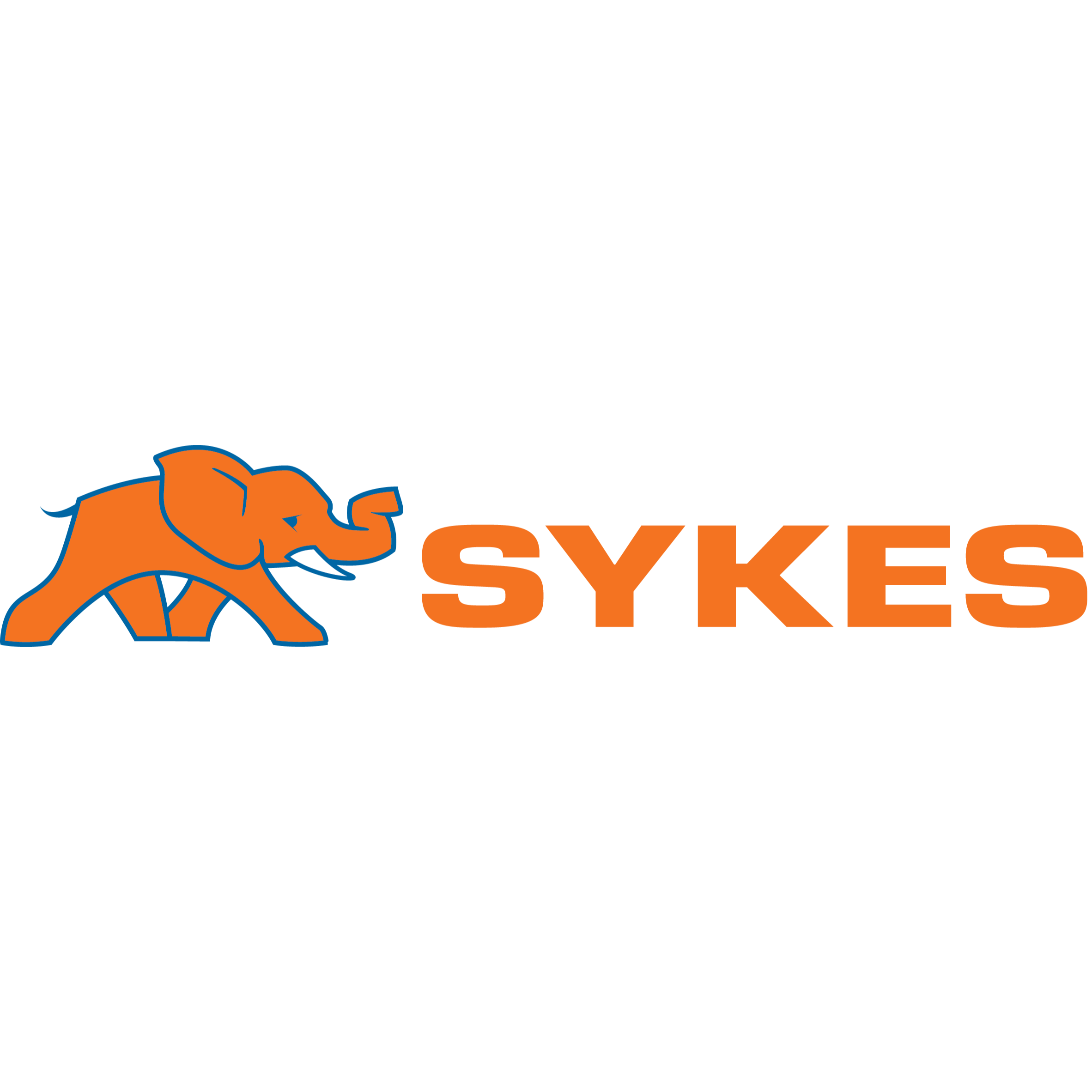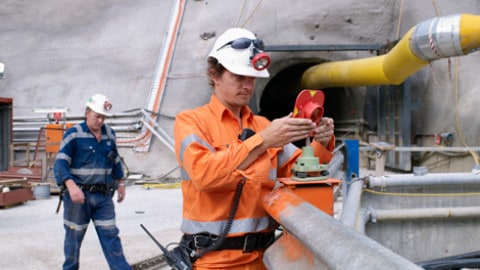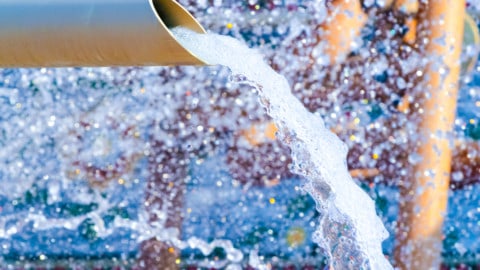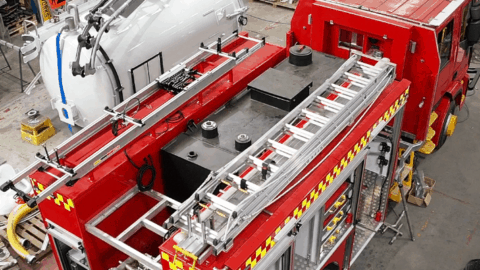Work is underway on the $84 million Gunyama Park Aquatic and Recreation Centre in the City of Sydney’s Green Square precinct, and is the largest pool complex to be built in the city since the Sydney 2000 Olympic Games.
The Gunyama Park Aquatic and Recreation Centre sits within the 278-hectare Green Square development area, which includes the suburbs of Beaconsfield and Zetland, and parts of Rosebery, Alexandria and Waterloo.
On completion the Gunyama Park Aquatic Centre will feature a 50m outdoor pool as a centrepiece within a larger, irregular shaped beach pool. A 25m heated indoor pool for swimming lessons and a hydrotherapy pool will also be constructed.
A cogeneration scheme will heat the pools and supply electricity throughout the complex.
Key highlights of the complex include:
- 50m heated outdoor pool set within a larger, irregular shaped beach pool
- 25m indoor heated program pool
- Indoor leisure pool
- Heated hydrotherapy pool
- A crèche with indoor play areas
- A health and fitness centre
- A multipurpose synthetic sports field suitable for use by community sporting teams
- Sports field change rooms, public toilets and storage facilities
- New landscaping, lighting and a new public artwork by acclaimed
- Aboriginal artist Jonathan Jones
Inspired by the beach
In 2014, the City of Sydney held an open architecture competition to find the most beautiful, functional and sustainable design, with 144 architects submitting designs which were exhibited for public feedback that was used in the jury’s deliberations.
Andrew Burges Architects in association with Grimshaw and TCL created the winning design – an urban beach pool concept seamlessly integrating into a park inspired by beach pools at Bondi, Bronte, South Curl Curl and Malabar.
The design will be brought to life by CPB Contractors, who were awarded the construction contract in January 2018.

The aquatic centre will feature a 25m indoor pool which will be heated by a cogeneration scheme.
CPB Contractors Managing Director, Juan Santamaria, said they were pleased to be selected to build the new aquatic and recreation centre following an extensive competitive tender process.
“Our team has both the local and international expertise and project experience to deliver significant value for the City of Sydney,” Mr Santamaria said.
“Our flexible, multipurpose design will ensure that Gunyama Park is able to host a variety of activities, welcome locals and visitors from across Sydney, and remain adaptable to the city’s future growth requirements and sustainability expectations.”
The heart of the aquatic centre
Pumps are the heart of a swimming pool and are used to circulate the water through the filter to remove large and small organic matter to keep pools clean and safe. As the pump moves the water around to help filter it, it also circulates water through the heater or heat pump, any water features, massage jets and plumbing, as well as circulates the sanitiser and balancing chemicals throughout the pool.
Heat pumps are also commonly used for swimming pools to ensure comfortable swimming temperatures all year round.
These pumps work by transferring the heat from the outside air to the pool.
The most commonly used pumps for swimming pools are:
- Single speed
- Dual speed
- Multi speed
- Variable speed
Powered by cogeneration
The electricity and pool heating needs for the Gunyama Park Aquatic and Recreation Centre will be powered by a cogeneration plant.
Cogeneration – also known as combined heat and power (CHP) – is the production of two useful forms of energy, such as high-temperature heat and electricity, from the same process.
It offers major economic and environmental benefits because it turns otherwise wasted heat into a useful energy source. This greater efficiency means carbon dioxide emissions are cut by up to two-thirds when compared with conventional coal-fired power stations.
Cogeneration involves burning fuel – usually natural gas (or renewable gas) – in an engine, typically a turbine or reciprocating engine, which in turn spins a generator to create electricity.
Heat from this process is then recovered through the exhaust, water jacket and cooling circuits instead of being released into the atmosphere and being wasted. This heat is then distributed to meet the energy needs of a site.
Pumps are used throughout the cogeneration process to push waste heat through the system and then send the energy back to the site.
Cogeneration involves four steps:
- Electricity generation
- Electricity distribution to site
- Heat recovery
- Heat distribution to site
Revitalising the inner city

A pavilion housing a gymnasium and
fitness studios overlooks the pools.
The construction of the Gunyama Park Aquatic and Recreation Centre will be completed in two stages, as the city does not currently own all portions of the land on which the complex is planned.
The full aquatic centre, multipurpose sports field and landscaped areas will be completed by early 2020, with an expanded sports field, playground and further landscaping to be completed as the remaining land becomes available.
The project will target a five-star design and as-built rating from the Green Building Council of Australia.
The city is spending $540 million over the next ten years on extensive infrastructure and streetscaping works throughout the area, as well as new community facilities that also include a library and plaza, creative centre, childcare centre, and more than 15 parks and open spaces.
Sydney’s Lord Mayor, Clover Moore, said the new pool was an important addition for Green Square.
“Green Square is one of the fastest growing precincts in Australia, and we’re doing everything we can to make sure it is a wonderful urban neighbourhood with the services and facilities its residents and workers need,” Mr Moore said.
“I’m looking forward to seeing this exciting project take shape in the coming months and know the Green Square community will be pleased to see work begin on their new aquatic centre very soon.”
When fully developed, Green Square will accommodate close to 61,000 people living in 30,500 new homes, and provide around 21,000 permanent jobs.

















